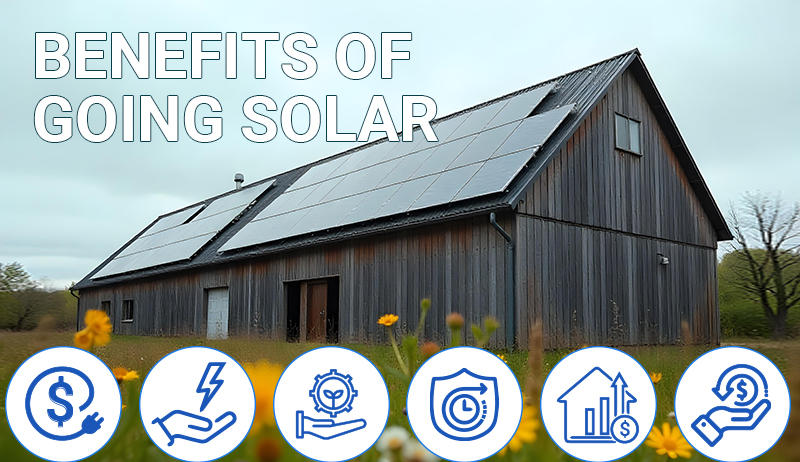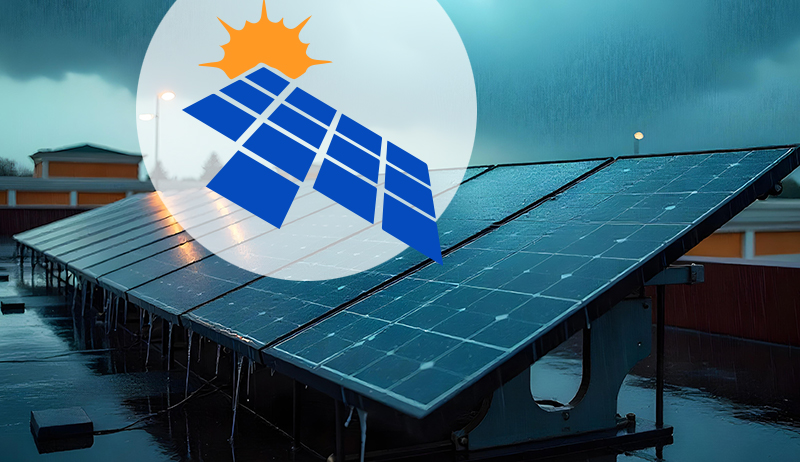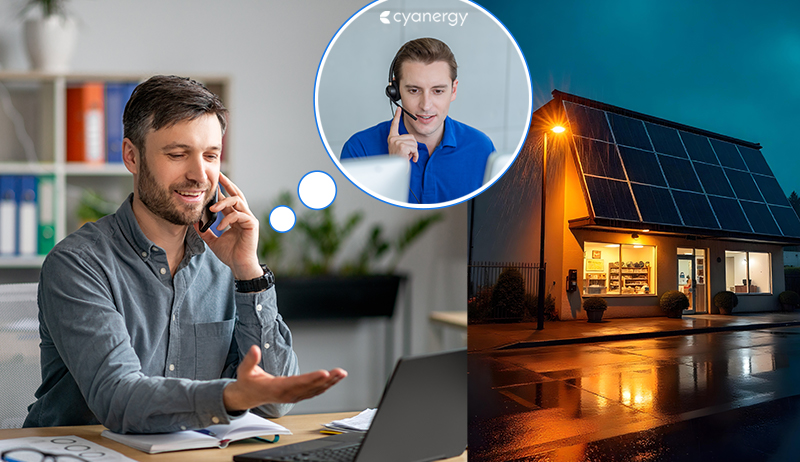Weather Guard Lightning Tech

IntoMachines Reinvents Bolt Tensioning for Wind Turbines
Listen to the entire interview on Spotify
With wind turbines growing larger and bolts getting bigger, the industry needs smarter ways to handle critical bolted connections. IntoMachines has developed unique tools that make bolt tensioning faster, safer, and much less expensive. – Allen Hall, CEO, Weather Guard Lightning Tech
As wind turbines grow taller and more powerful, the hardware that holds them together—those critical bolted joints—have also scaled up. As a result, the technicians and engineers who assemble, tension, and maintain those structural connections. Traditional bolt tensioning for wind turbines is physically grueling, time-consuming, and – most problematic from an operational standpoint – it’s often inconsistent. But a new wave of intelligent, automated tools from IntoMachines is providing significant improvements.
We invited IntoMachines co-founder Martin Kristelijn to explain how team is reshaping bolt tensioning by addressing its core challenges: efficiency, safety, and quality. This is a recap of our interview with him on the Uptime Wind Energy Podcast,.
Bolt Tensioning for Wind Turbines – From Manual to Modern Tools
Today’s wind turbines contain more than 600 critical bolted connections, each requiring precise preload for long-term structural integrity. Manual hydraulic tensioning tools, while accurate, are heavy—some weighing over 50 kg (110 lbs)—and they must be moved from bolt to bolt, often under difficult field conditions.
Technicians report arm strain, repetitive stress injuries, and fatigue after handling thousands of bolts, leading to decreased productivity and increased risk of errors. And, it’s a real pain. As Kristelijin said – with what was a bit of understatement, “after a thousand bolts, your arm really starts to hurt.”
The Shift to Tensioning—and Why It Matters
Increasingly, bolt tensioning is preferred over torqueing. Tensioning directly applies axial load, bypassing the unpredictable friction coefficients associated with torque methods. “You apply hydraulic pressure, stretch the bolt, tighten the nut, and release,” Kristelijn explains. “It gives you exact preload every time.”
The downside? Speed and ergonomics. That’s where IntoMachines comes in.
The Solution: Smart, Weightless, and Fast
IntoMachines has engineered a Quantum Smart Tensioning System that integrates:
- A motorized tensioner (developed with partner TensionPro)
- A compact lift trolley that renders the tool weightless
- User-friendly software that enables operation with minimal training
The trolley is designed for mobility inside turbine towers: it’s low-profile enough to slide under staircases, and rugged enough for harsh environments. A gas spring counterbalances the tool’s weight, eliminating manual lifting. IntoMachines offers a “try-out” of their tools on its website.
The result? Dramatically reduced technician fatigue and faster cycle times.

Bolt Tensioning for Wind Turbines – Tools in Use Today
The Quantum system is already in use across Europe and Asia. With users reporting faster adjustments, less strain on workers, and high-quality, traceable documentation of each bolt tensioned, interest is growing and requests are coming in from US wind sites as well.
Looking Ahead: Autonomous Tensioning
IntoMachines isn’t stopping there. Their next-gen innovation is a robotic crawler capable of autonomously tensioning blade bolts in nacelle production facilities. The same motorized Quantum tensioner is modular enough to integrate into the robot, creating a seamless upgrade path from manual to autonomous operation.
Importantly, the system is built with simplicity and field robustness in mind. As Weather Guard Lightning Tech CCO Joel Saxum notes, “You don’t need a software engineer on site. Technicians can be up and running with a 15-minute intro.”
Learn More About How IntoMachines Improves Bolt Tensioning for Wind Turbines
If you’re responsible for wind turbine assembly or maintenance, IntoMachines’ system could save you thousands of labor hours and significantly improve work conditions.
 Visit intomachines.com
Visit intomachines.com Contact: sales@intomachines.com
Contact: sales@intomachines.com Follow: IntoMachines on LinkedIn
Follow: IntoMachines on LinkedIn
Listen to the entire interview on Spotify
Subscribe to the Uptime Wind Energy Podcast here. Over a million listeners count on Uptime to keep up with the Wind Energy Industry!
https://weatherguardwind.com/intomachines-reinvents-bolt-tensioning-for-wind-turbines/
Renewable Energy
Doing What’s “Right” Is More Controversial than it Seems
 Some of us are looking for a single, simple statement to encapsulate what is going so wrong in America today, and perhaps it relates to what Aristotle says at left here.
Some of us are looking for a single, simple statement to encapsulate what is going so wrong in America today, and perhaps it relates to what Aristotle says at left here.
Even the MAGA folks think that what they’re doing is “right.” By this I mean white supremacy, mass deportation of immigrants (with or without due process), the rejection of science, and so forth.
Renewable Energy
Trump’s Agenda Is Even Far-Reaching Than People May Think
 As Trump’s former lawyer Ty Cobb says at left, in addition to turning the United Stated into an autocratic regime, at the same time, Trump needs to alter history such that future generations don’t think he did anything wrong.
As Trump’s former lawyer Ty Cobb says at left, in addition to turning the United Stated into an autocratic regime, at the same time, Trump needs to alter history such that future generations don’t think he did anything wrong.
Yes, he has his hands full, but he’s assisted by hundreds of traitors in congress, and hundreds of millions of hateful morons in the U.S. electorate.
Renewable Energy
Victoria’s VEU Scheme Introduces New Solar Incentives for C&I Properties
-
Climate Change2 years ago
Spanish-language misinformation on renewable energy spreads online, report shows
-
Climate Change Videos2 years ago
The toxic gas flares fuelling Nigeria’s climate change – BBC News
-
Climate Change2 months ago
Guest post: Why China is still building new coal – and when it might stop
-

 Greenhouse Gases1 year ago
Greenhouse Gases1 year ago嘉宾来稿:满足中国增长的用电需求 光伏加储能“比新建煤电更实惠”
-

 Climate Change1 year ago
Climate Change1 year ago嘉宾来稿:满足中国增长的用电需求 光伏加储能“比新建煤电更实惠”
-
Greenhouse Gases2 months ago
Guest post: Why China is still building new coal – and when it might stop
-

 Carbon Footprint1 year ago
Carbon Footprint1 year agoUS SEC’s Climate Disclosure Rules Spur Renewed Interest in Carbon Credits
-
Renewable Energy3 months ago
US Grid Strain, Possible Allete Sale







